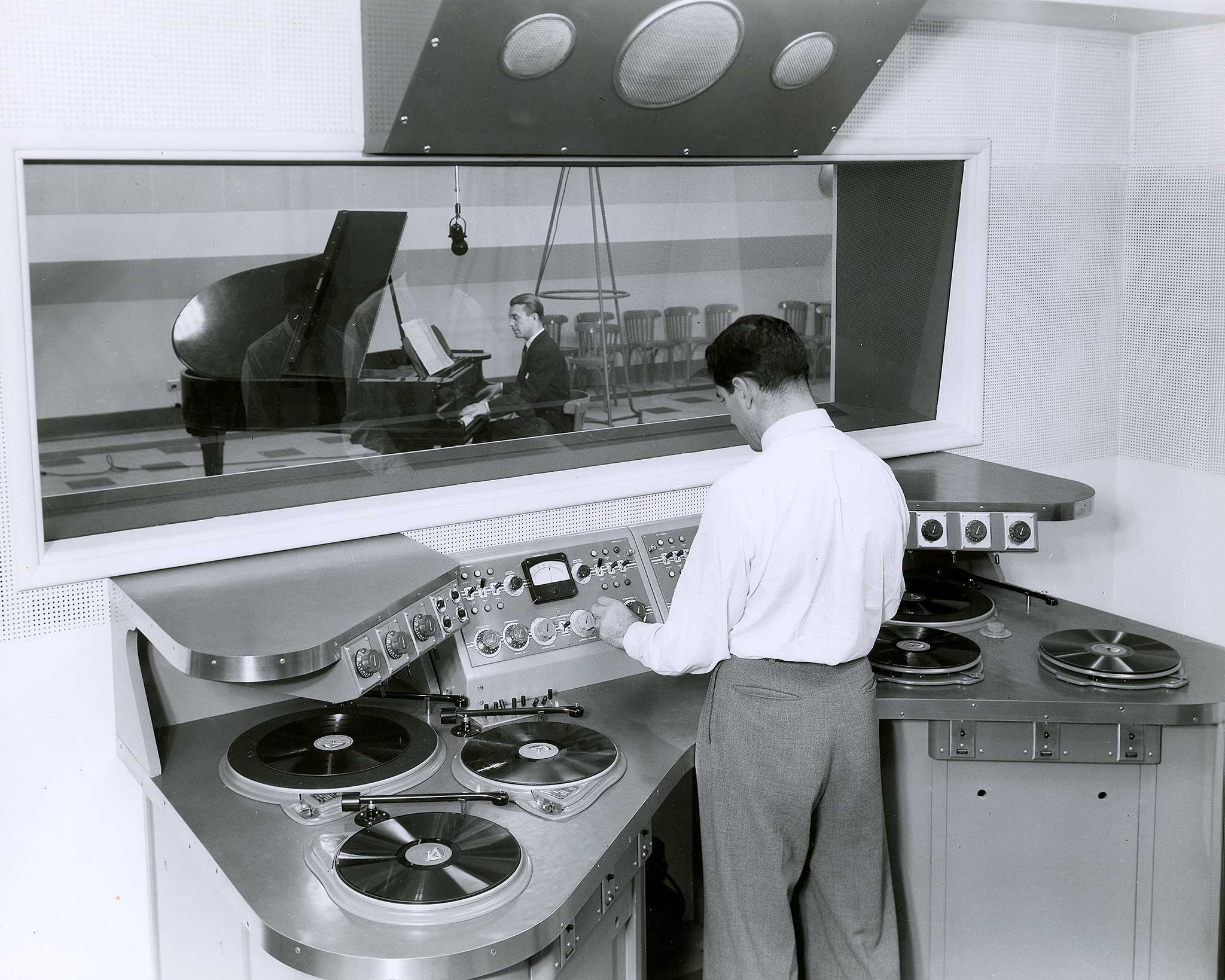
The History of Studios 301
Established as a subsidiary of the Columbia Graphophone Company in 1926 to later become EMI Records then Studios 301, we have the largest recording space in the Southern Hemisphere and the only Tier One recording studio in Australia. An industry leader in professional audio rivaling the sounds from heritage studios abroad, the new Studios 301 facility boasts music recording studios, production suites, mastering rooms and digitisation facilities, showcasing some of the best acoustic spaces and cutting edge technologies in the world.
In its previous and current iterations, Studios 301 has played host to numerous internationally acclaimed artists such as Coldplay, Justin Bieber, Kanye West, Lady Gaga, U2, David Bowie, INXS, Elton John, Prince, Bob Dylan, Snoop Dogg, The Black Eyed Peas, Flume, Lana Del Rey, Katy Perry, Lizzo, Charli XCX, A$AP Rocky, Migos, The Weeknd,Delta Goodrem, Cold Chisel, Matt Corby and Amy Shark to name a few. With the opening of a new multimillion-dollar facility in February of 2018, this monolithic studio has reaffirmed its place in the heritage of global top tier recording facilities, designed to take this historic facility forward into the 21st century and consolidate its reputation as a large-format studio capable of servicing the world’s biggest artists, and foster the next generation of musical talent.
The Studios 301 History
2018
New Multi-Million Dollar Facility Grand Opening
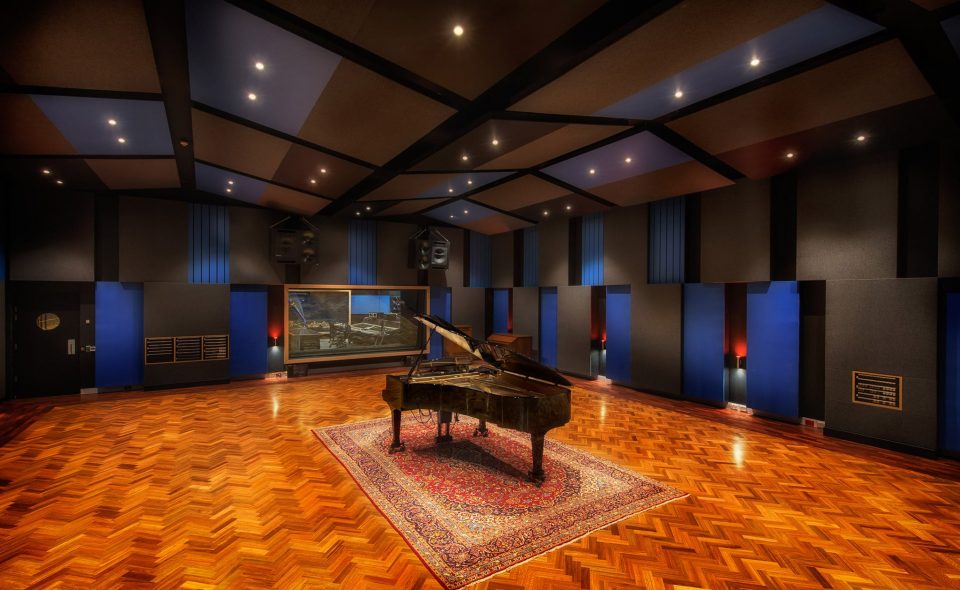
Dr. Tom Misner committed to a multi-million dollar ground-up reconstruction and relocation project that took 16 months and an incredible 134,000 hours of labour to complete. The result is a no-compromise studio that now ranks as one of the top five studios in the world.
2016
Australia’s longest running professional recording studio
Studios 301 celebrates its 90th birthday as Australia’s longest running professional recording studio
2015
Studios 301 Byron Bay Studio closes
2012
Six new music production studios
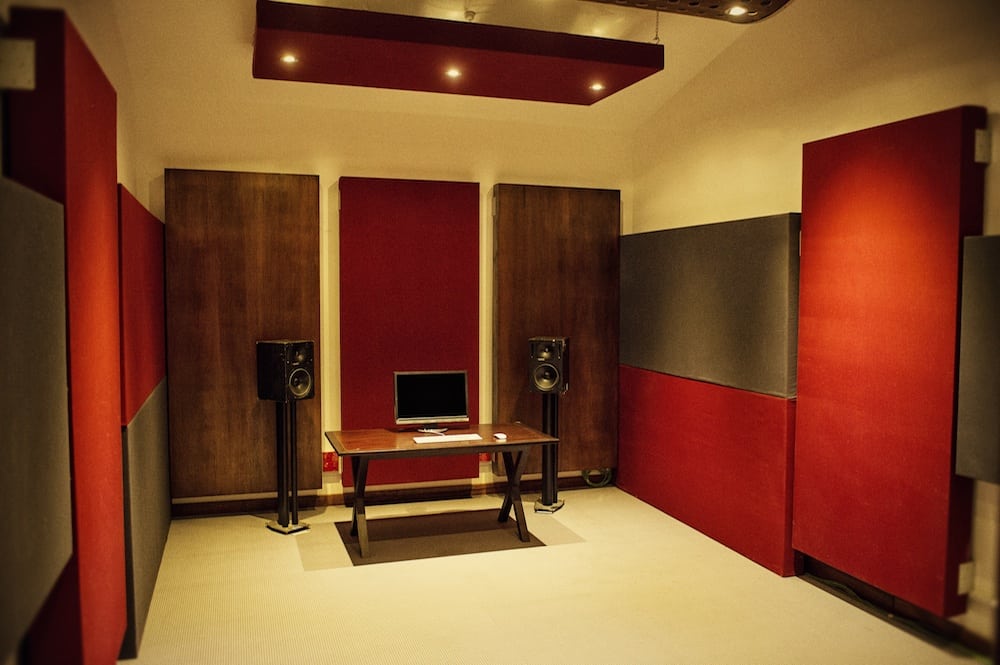
Six new music production studios open next door to the mastering facilities, occupied by composers, engineers and artists
2009
10th Birthday
Studios 301 celebrates its 10th birthday at the Alexandria facilities in November
2006
Studios 301 Mastering relocates
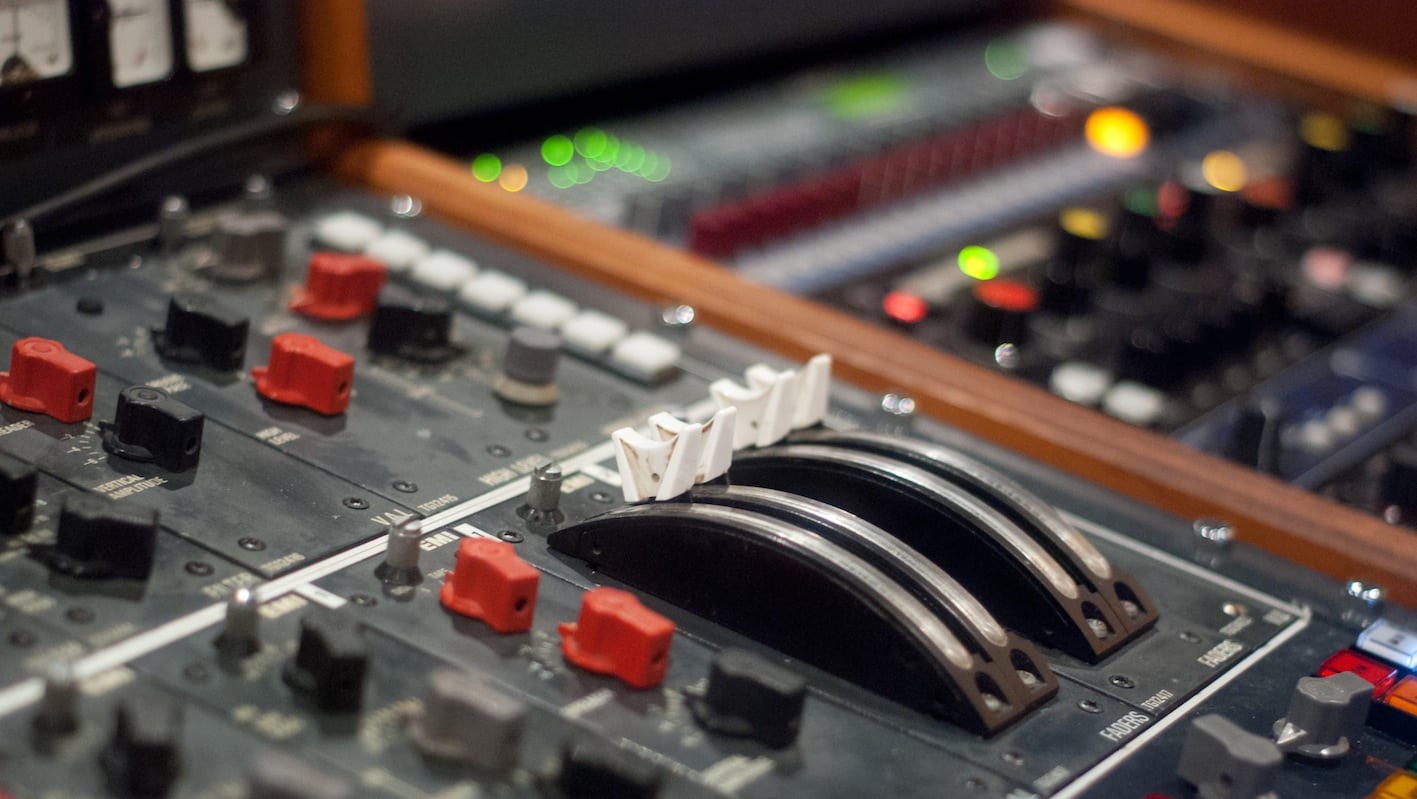
Studios 301 Mastering relocates to the extended premises at the 301 complex in Alexandria, Sydney
2004
SSL 9000K
SSL 9000K series console is installed in Sydney Studio 2
2003
Studios 301 Stockholm
Soundtrade Studios (Stockholm, Sweden) re-opens after a major refurbishment and is renamed Studios 301 Stockholm
2002
Studios 301 Byron Bay opens
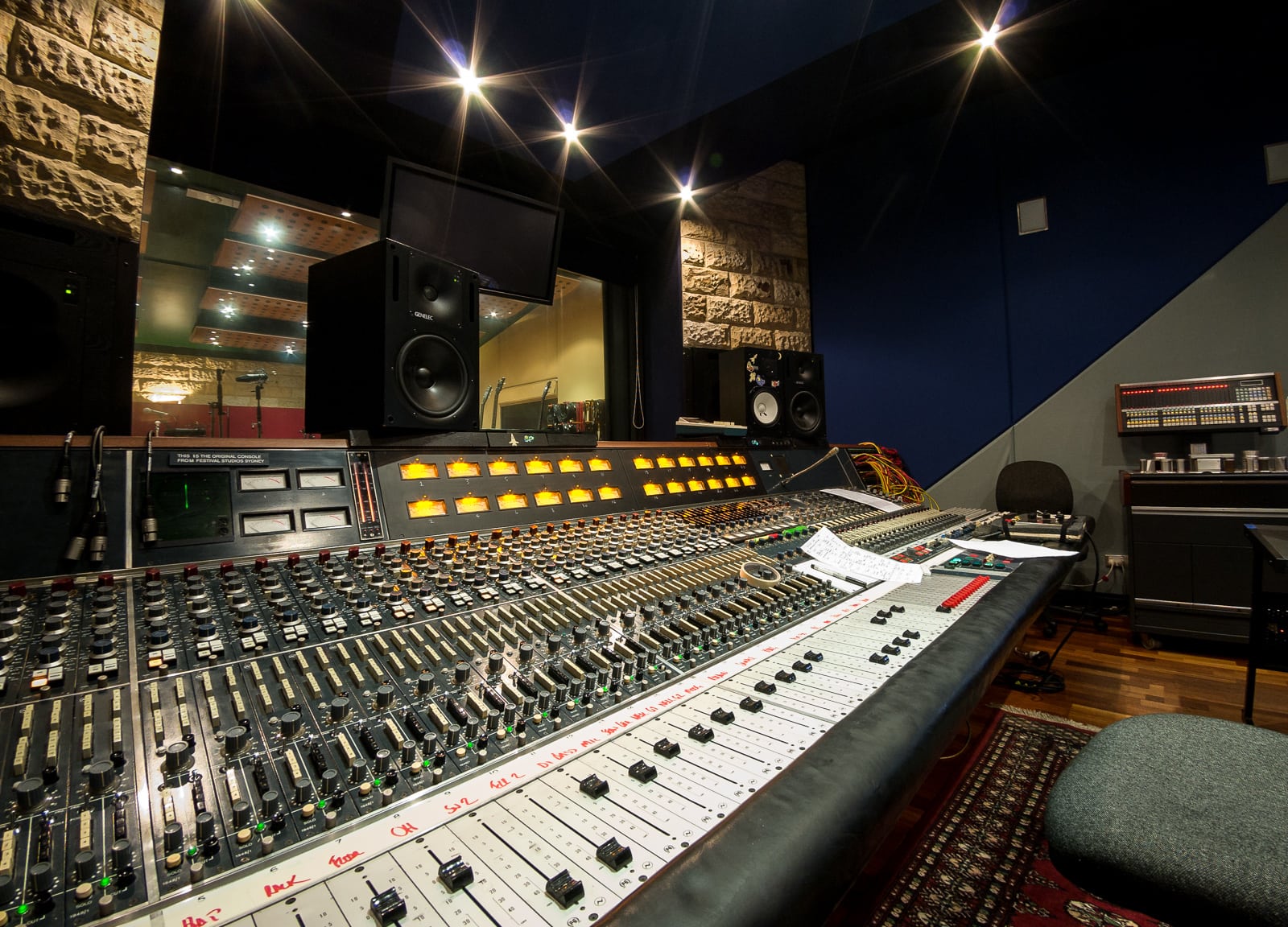
2001
75 years
Studios 301 celebrated 75 years of recording in Australia, and Studios 301 Cologne, Germany opens.
1999
Studios 301 recording facilities are relocated to Alexandria
Studios 301 recording facilities are relocated to Alexandria at a cost of AUS$8 million under the direction of Tom Misner
1998
Soundtrade Studios, Sweden
Studios 301 sold to a private investor. The 301 Studio Group takes over Soundtrade Studios in Stockholm, Sweden.
1996
EMI sells Studios 301
EMI sells Studios 301 in a management buy-out. Studios A & B closed down and the facility consolidated to one recording and mixing studio, a programming suite, and the mastering operation
1985
First SSL console
The studio’s first SSL console is installed. (Richard Lush records Debbie Byrne album)
1979
First fully digital recording
Australia’s first fully digital recording is made at Studios 301. (Kerrie Biddell and her band)
1978
Studios 301 renaming
In 1978 the entire facility was rebuilt, re-equipped and expanded by EMI to provide 4 studios and was renamed Studios 301
1975
Transition to Studer 24 track 2″ recording
1973
“Abbey Road” Console
The EMI “Abbey Road” Console with a 16 track 2″ machine is installed
1969
3M 1″ machine
Transition to 8 track recording using a 3M 1″ machine
1965
4 track 1/2″ recorder
A Scully 4 track 1/2″ recorder introduced for music recording
1962
First transistor mixing console

The first fully transistorised mixing console is installed. (Designed and built by EMI)
1958
Stereo Recording
Stereo Recording is introduced. (First Stereo recording is of Don Burrows All Star band)
1954
301 Castlereagh Street
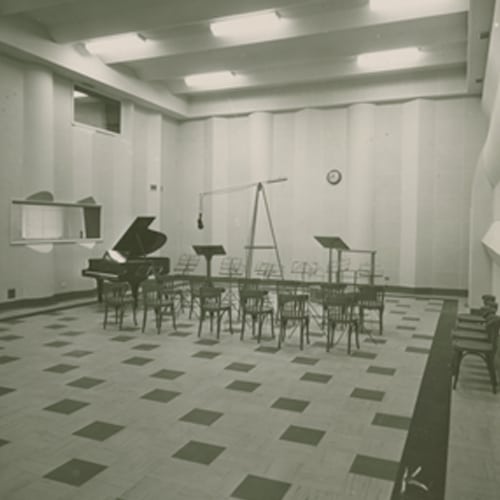
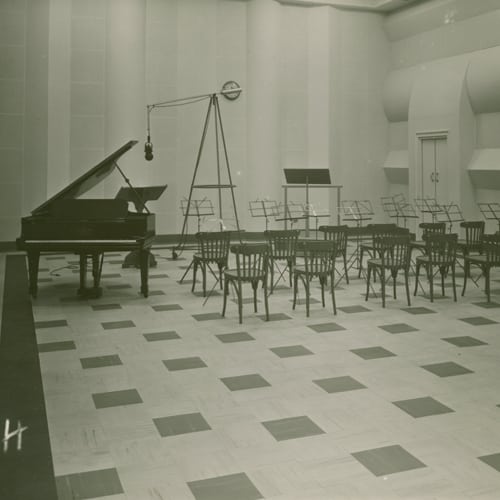

The studio was re-located to EMI’s new head office building at 301 Castlereagh Street in the city and renamed EMI Studios. There were 3 recording studios: A, B & C plus disc mastering facilities. As well as music for release on record labels, much of the work undertaken in the early days was for local radio broadcast including the immortal “Dad & Dave” programmes. Jingles for commercial radio & TV, as well as film scores were also a significant part of the studio’s business.
1950
First symphony recording in Australia

Recorded the first symphony in Australia. (John Antill’s ballet suite with the Sydney Symphony Orchestra)
1932
Australia’s first recording of ABC Radio

When the ABC was less than 4 months old, Columbia Graphophone was tasked to record the 1932 Melbourne Cup and release it to the public.
1930
First Experimental radio transcription was made in the studios
1928
Kingsford-Smith and Ulm

Recording made of the arrival of Kingsford-Smith and Ulm from their America-Australia Flight
1926
Columbia Graphophone Company

The Columbia Graphophone Company (later to become EMI Records) opened Australia’s first record factory and recording studio
